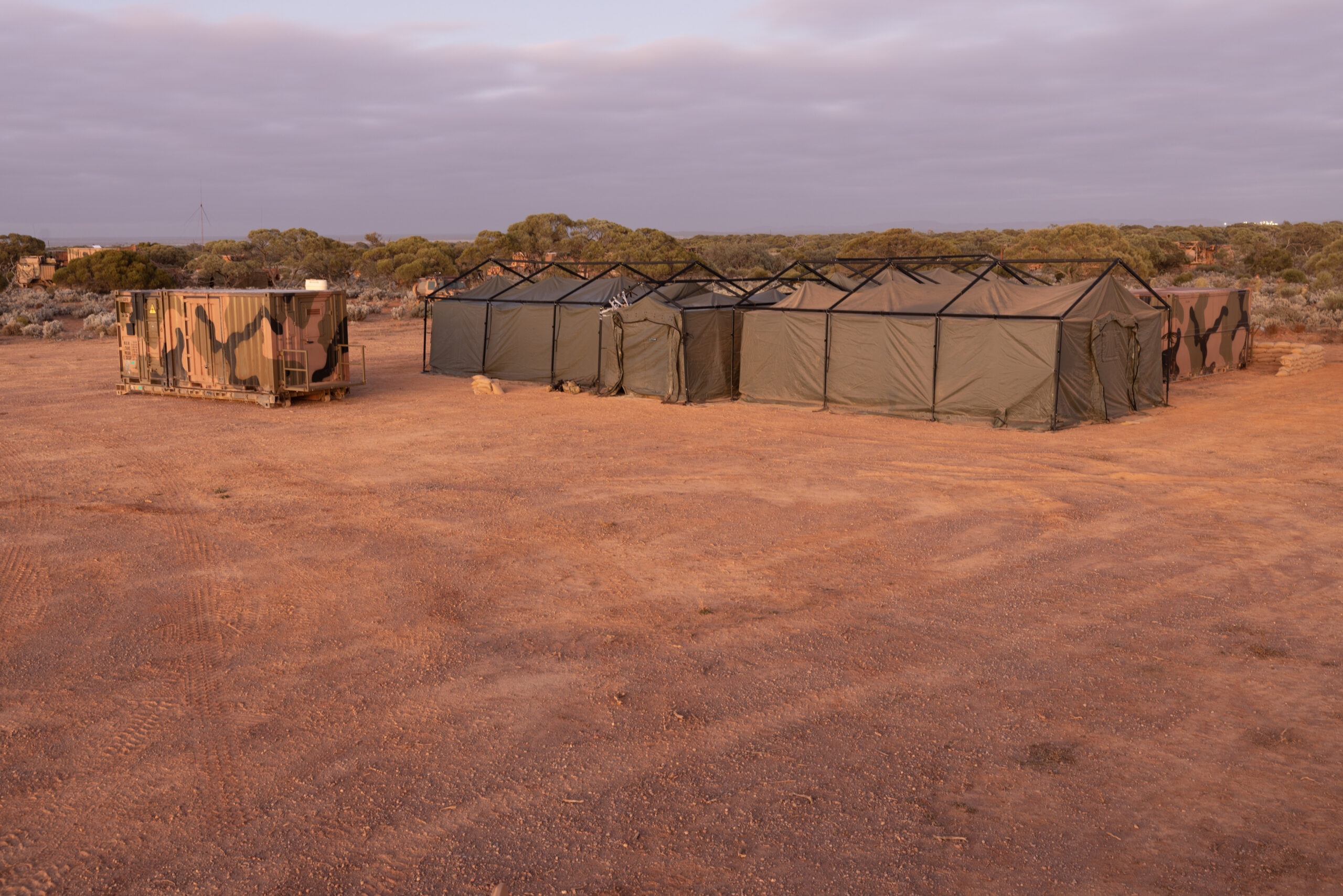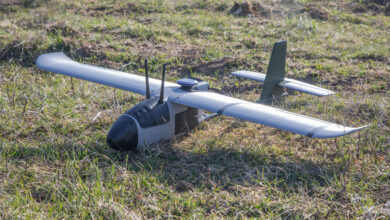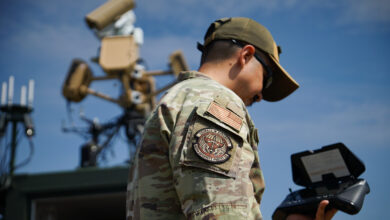Australian Military Showcases Frontline-Deployable Hospital
The Australian Defence Force (ADF) has demonstrated a maneuverable surgical medical treatment hub for frontline applications.
Tested at the Cultana Training Area in South Australia, the facility can be reassembled through parts transportable via two 6-meter (184-foot) containers.
Soldiers can set up the capability as far as a combat service support group on an active battlefield in under an hour, enabling full surgical capability within three hours compared to the four-day setup with conventional materials.
The center features a Role 2 Basic medical function that supports brigade-level land maneuver teams for basic and emergency operations, advanced trauma care, and resuscitation procedures up to damage control surgery.
During deployments, the facility is divided into four purpose-built tents in different configurations.
Patients are evaluated via a control point and moved to specific bays for immediate medical operations. If needed, a surgical intervention and corresponding observations at a ward will follow.

Simultaneous Tasks
The ADF said that the rebuildable hospital can accommodate two priority-one casualties, one patient in surgery, two patients in intensive care, and five more people in low-dependency beds simultaneously.
Meanwhile, the deployable center’s clinicians are required to perform dual roles to sustain the facility’s hygiene. A separate team assists in the cleaning process for extensive sterilization.
“We have nine types of damage-control surgeries we are comfortable performing here with the equipment we have,” ADF 3rd Health Batallion Medical Officer Capt. Max Fulton explained.
“Procedures buy time for typical injuries sustained in large-scale combat operations.”
“It’s crucial to get patients stabilised enough before transferring them to a higher-level facility. We accept a greater degree of risk being so far forward, but if we didn’t do the surgery here, our patients could die.”

Future Plans
ADF noted that the Role 2 Basic concept was originally scheduled to launch in a real-life demonstration next year but was introduced two years early due to the availability of associated equipment.
Further projects will focus on the hospital’s mobility, the service wrote.
“We’ve proved the concept works and that we are a tool that keeps people in the fight,” an ADF statement said.
“We want soldiers to know we want to be as close to them as possible, giving them that opportunity for life-saving surgery.”












